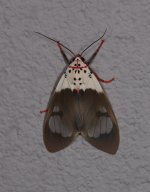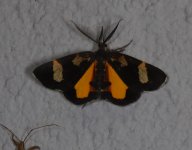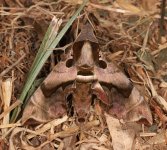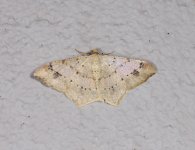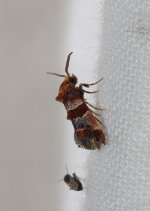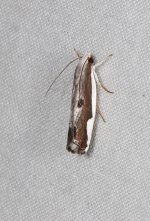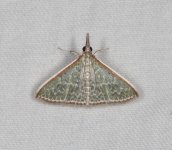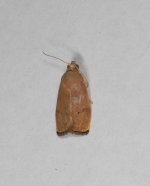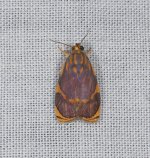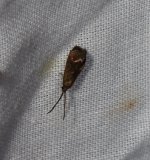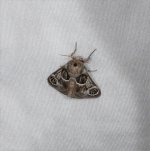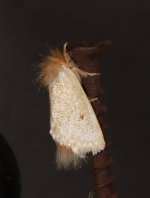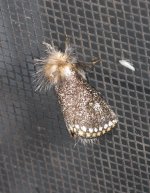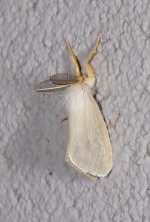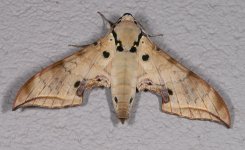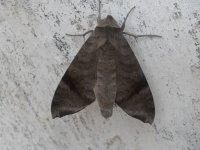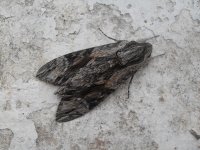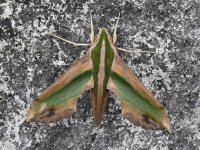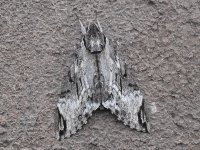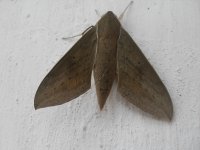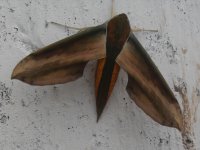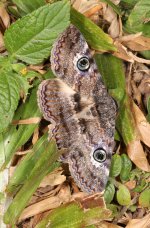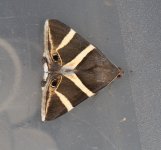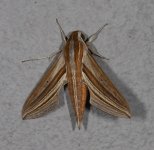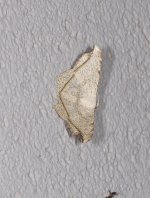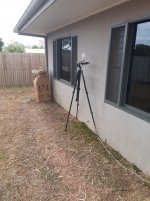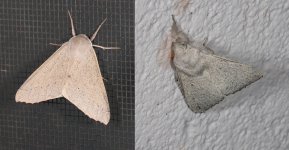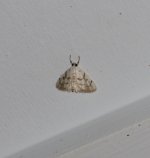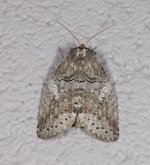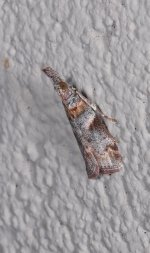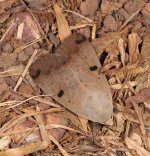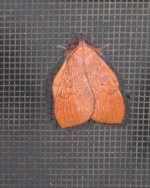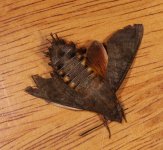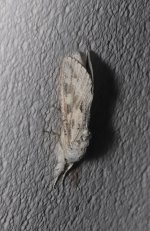After an absence of a couple of years I am now back in a location that has a stable internet connect. We stayed in Nhulunbuy for nearly two years before my wifes' work saw us posted on to Thursday Island in the Torres Strait where our connection was dire. Now after a year on TI we are back on the Aussie mainland and are stationed in Weipa on the west coast of Cape York (Far North Queensland). Trapping on TI was very interesting but quite restricted due to the ridiculous number of streetlights which meant that garden trapping was pointless and I was totally dependent on trapping with my genny when the weather conditions and my wifes' work schedule allowed me (the joys of being married to a senior, on call medical worker).
Here in Weipa the situation is much better with garden trapping back and many interesting bush sites within easy reach...
Here are a few from the first fortnights trapping - due to the under recording in this area of Aus many are new records for the Cape (an area approx the same size as the UK with few sealed roads and as far as I can tell no-one regularly trapping the area, just a few visiting moth-ers primarily during the peak season the Wet)
Amerila crokeri (Erebidae, Arctiinae) - a regular visitor to the garden.
Ctimene ANIC 1 (Geometridae, Ennominae) - none of the Ctimene in Australia have been formally described. I have recorded this a couple of times in the Northern Territory but here they are common in my garden with up to three a night
Daphnis placida (Sphingidae) - one of four hawkmoths that I have seen within the first fortnight. Not particularly rare but a promising sign that during the Wet Sphingid diversity might be reasonable
Psamatodes abydata (Geometridae, Ennominae) a native in South America north wards (from N Argentina) through the Caribbean and into the southern United States, introduced to the Pacific in the 1970s and has become widespread very quickly since then. I can find no published records for Australia but i suspect that there are some out there. For more infor see link below from the Moths of Borneo vol 11
https://www.mothsofborneo.com/.../macariini_5_1.php...
Here in Weipa the situation is much better with garden trapping back and many interesting bush sites within easy reach...
Here are a few from the first fortnights trapping - due to the under recording in this area of Aus many are new records for the Cape (an area approx the same size as the UK with few sealed roads and as far as I can tell no-one regularly trapping the area, just a few visiting moth-ers primarily during the peak season the Wet)
Amerila crokeri (Erebidae, Arctiinae) - a regular visitor to the garden.
Ctimene ANIC 1 (Geometridae, Ennominae) - none of the Ctimene in Australia have been formally described. I have recorded this a couple of times in the Northern Territory but here they are common in my garden with up to three a night
Daphnis placida (Sphingidae) - one of four hawkmoths that I have seen within the first fortnight. Not particularly rare but a promising sign that during the Wet Sphingid diversity might be reasonable
Psamatodes abydata (Geometridae, Ennominae) a native in South America north wards (from N Argentina) through the Caribbean and into the southern United States, introduced to the Pacific in the 1970s and has become widespread very quickly since then. I can find no published records for Australia but i suspect that there are some out there. For more infor see link below from the Moths of Borneo vol 11
https://www.mothsofborneo.com/.../macariini_5_1.php...




